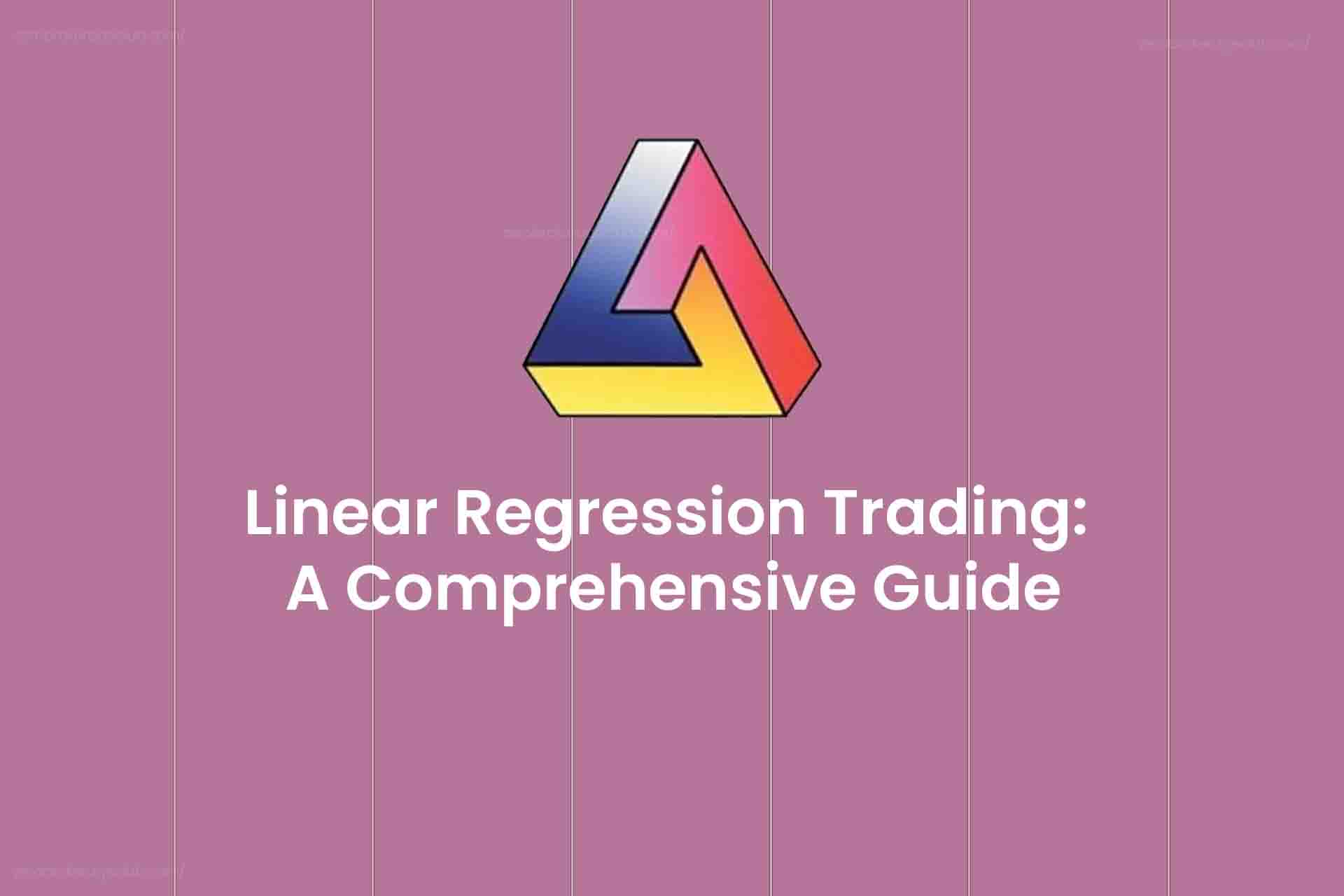John Henry’s Triumph with Technical Analysis for Trading
Ever come across John Henry’s story? His expertise in Technical Analysis for Trading catapulted him into the limelight, especially after buying the Red Sox for a hefty $700 million. His portfolio doesn’t end there; it also includes past management of the Florida Marlins and a stake in the Yankees.
Unlocking Market Trends
So, what’s his secret? Henry has harnessed the power of market trend analysis, using it to make savvy trades that have significantly increased his wealth. His commitment to analyzing market patterns has seen a $10,000 investment in his earliest fund grow to an astonishing $1,394,610 today, reflecting a remarkable annual growth rate.
Trading: Skill or Chance?
Many people mistakenly compare trading to gambling, with a vast majority casting doubt on its potential for generating wealth. Yet, Henry’s success stands as a clear rebuttal to such skepticism.
A Closer Look at Market Analysis Techniques
Now that we’ve seen the success achievable with a keen analysis of market trends, let’s examine this strategy more closely.
Simplifying Market Analysis
The term ‘Technical Analysis’ might seem daunting to those outside of technical professions. However, this strategy is more accessible and straightforward than it initially appears.
As described by Stockcharts, “Market trend analysis does not promise absolute predictions. Instead, it offers investors educated forecasts of price movements based on past patterns.”
Decision-Making in Shopping: An Analogy
Imagine deciding on a shoe store in a busy market street. You could either research each store’s history and customer feedback or choose the one most frequented by shoppers. Naturally, the latter is more efficient, indicating trust and quality — similar to how one would approach market trends.
Active Trading Decisions
Observing and acting on price trends is the essence of making informed decisions in trading. A rising trend can be a signal to buy, while a declining trend might advise against it.
Comparing Analysis Methods
This approach is different from Fundamental analysis, which involves a deep dive into a company’s financials before trading.
Trends: The Trader’s Compass
Identifying the right trends is crucial. Tools like a Moving average crossover can be incredibly helpful and are easy to use.
Principles of Market Analysis
Several key principles form the foundation of effective market analysis:
- Market Prices Reflect All Data – The stock’s current price reflects everything you need to know about the company.
- Patterns Tend to Repeat – Because human behavior in the market is consistent, patterns in stock prices are likely to repeat.
- Prices Move in Trends – Once a trend starts, it usually continues.
- Focus on Market Reactions – It’s more important to understand how the market reacts than to question why.
Building Your Trading Strategy
Starting with the basics is key to understanding market analysis. Rather than jumping into complex indicators, focus on the factors that influence price movement and trends.
With dedication, you can create your own trading system. While it may take time to perfect, the journey can be highly rewarding. Be ready to adapt and refine your approach as the market evolves.
John Henry’s Trading Wisdom
In conclusion, consider this thought-provoking insight from John Henry:
‘There’s no surefire strategy. We concentrate on the current market trends without worrying about the reasons behind economic shifts. Our philosophy is simple—if it’s falling, we’re selling. That’s the essence of our approach.’





7 Comments